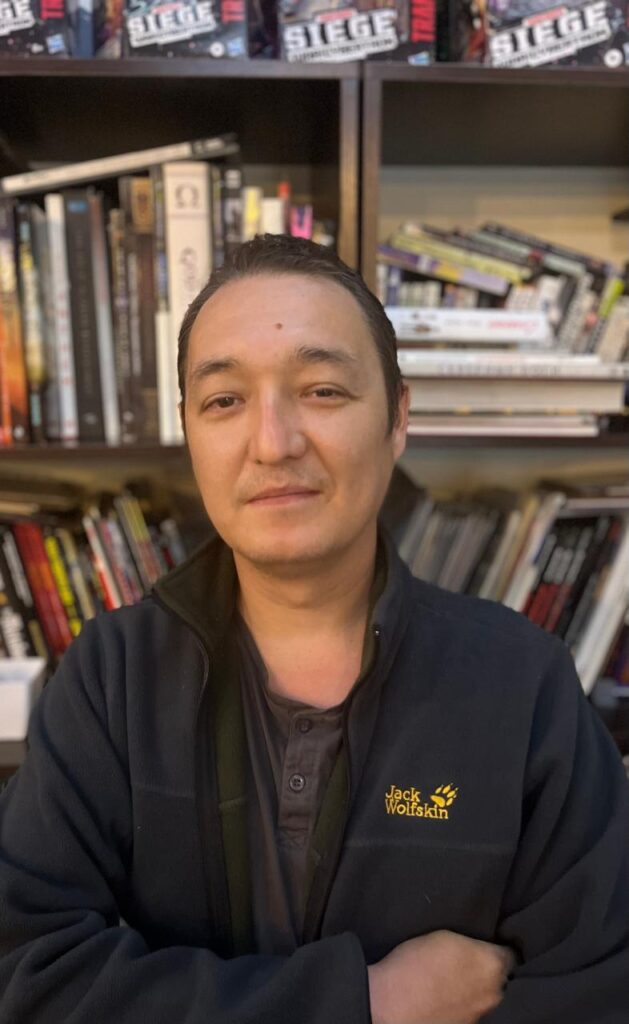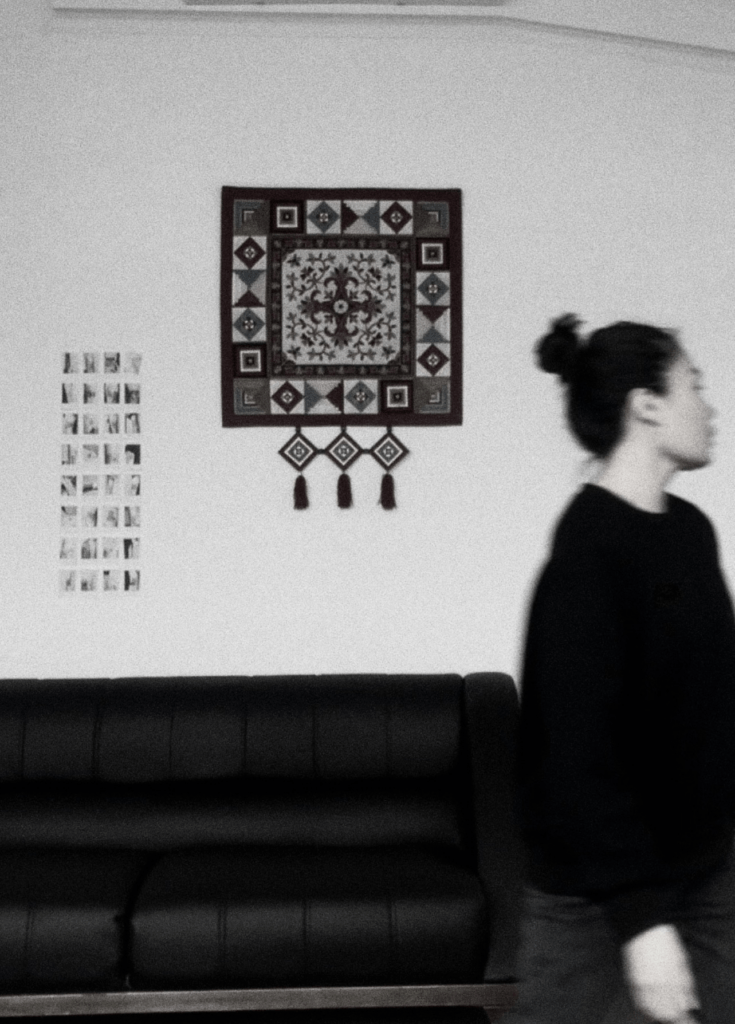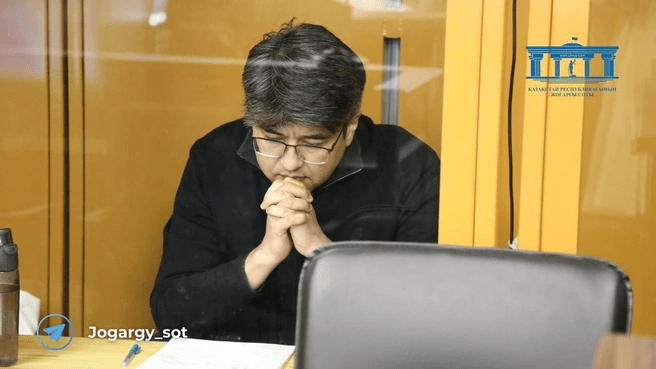An Overview of Kazakhstan’s Comic Industry by Oraskhan Zhakup, CEO Khan Comics
TCA: What inspired you to create comics and get involved in the industry? My entry into the comic book industry was intuitive as opposed to a conscious decision. I just followed my passion. It all started when aged 10-12 years old, my friends and I drew comic strips in school notebooks and sketchpads and then stapled them together to create homemade comic books. Over time, this childhood hobby became more serious and we formed a club with several members. In 2003, Pavel Shein, Stas Misyurin and I decided to launch a newspaper titled ‘Comics’ which included three comic strips, each spanning around eight pages. The newspaper was black and white, with a circulation of about a thousand copies. Several issues were printed, providing our entry point into the industry. We then started a comic book magazine. After a long hiatus, we organized a comic book exhibition in 2010, and with work amassed from the show, published our first anthology in 2011. Named ‘KZ Comics’ the 112-page publication, again in black and white, had a print run of 500 copies. It was in this magazine that the Khan Comics logo first appeared. TCA: Tell us more about the Khan Comics Art Studio. The Khan Comics Art Studio in Almaty was originally a place where a few people gathered to create comics and then, a couple of years ago, we extended our practice to include cartoons and animation. Over the last 5-6 years, I have also been experimenting with making toys based on our comics. All of this naturally requires considerable financial and human resources as well as time. But we keep working, making comics and everything related to them. TCA: How has the comics culture developed in Kazakhstan since you entered the industry? Unfortunately, there is no market for Kazakh comics in our country. Regular players are needed for such a market to exist, but there are none. Our studio has been publishing 5-6 books annually for 13 years. Occasionally new players enter the field, but after a year or two, disappear. The popularity of comics in Kazakhstan is not related to the local market, but to global trends spurred by the release of Hollywood movies based on comics, such as ‘The Avengers’ and ‘Spider-Man.’ The popularity of comic books in post-Soviet countries (CIS) is now in its third wave and we are its pioneers. The first began in the early 2000s with the arrival of comics from IDK Publishing, and the second, was associated with manga. TCA: What key events or projects would you single out as the most significant for the development of Kazakh comics? I would cite the ‘Erketay’ and ‘Jetysu’ comic series as our studio’s key projects. ‘Erketay,’ currently being adapted, is an ethno-fantasy based on Kazakh mythology, whilst ‘Jetysu’ is an urban fantasy. Both of these projects are important for us. Although I love 90% of what we produce, ‘Erketay’ stands out as number one. [caption id="attachment_20321" align="aligncenter" width="589"] Jetysu[/caption] [caption id="attachment_20319" align="aligncenter" width="568"]...
9 months ago






